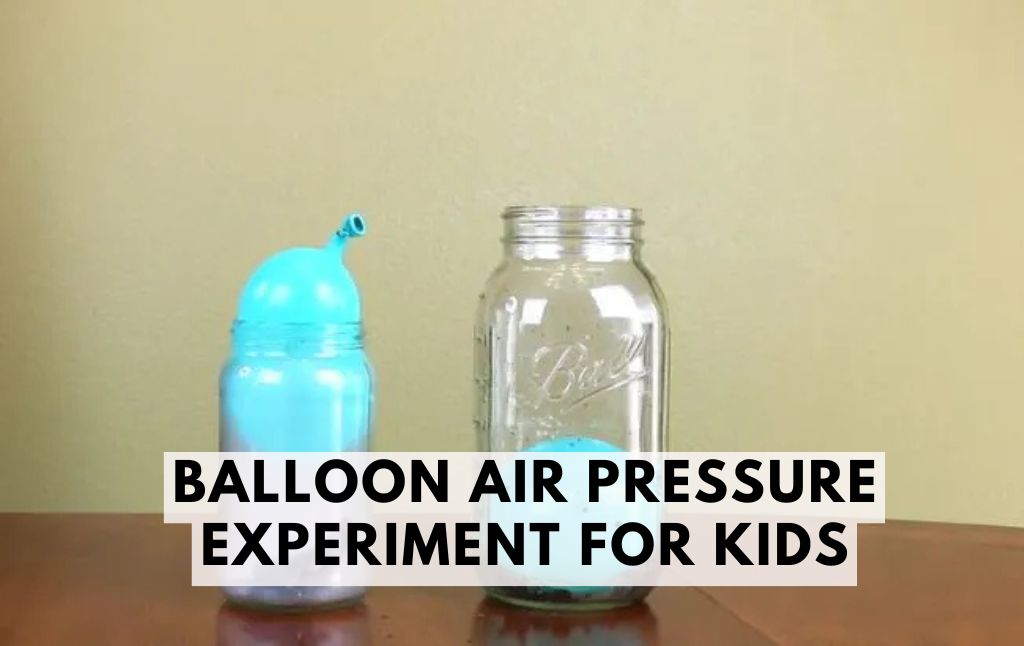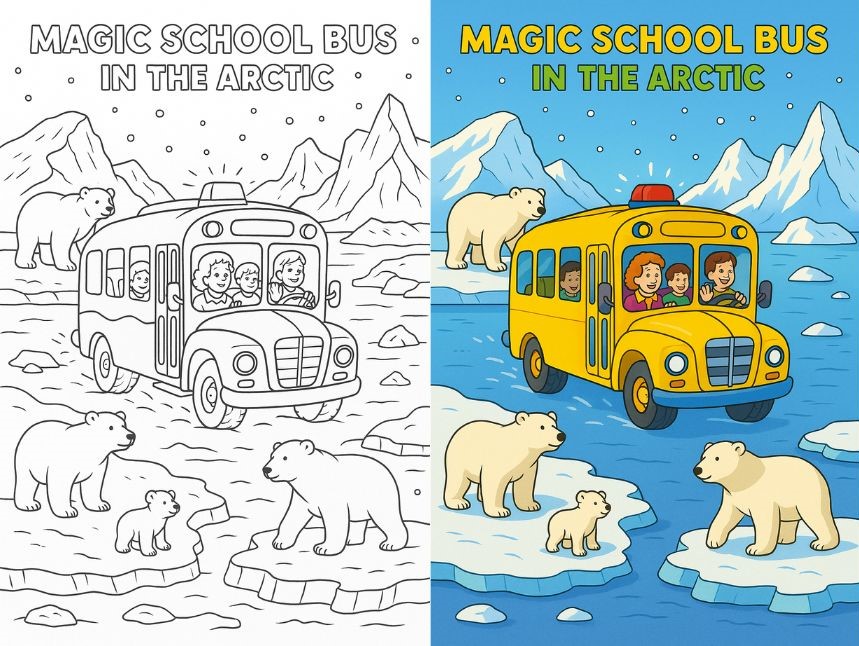Looking for a simple yet super cool science experiment that will leave kids wide-eyed and amazed?
Say hello to the Balloon Air Pressure Experiment—a fun and hands-on way to introduce children to the power of air pressure using just a balloon, a glass jar, and a bit of fire magic.
Don’t worry, it’s totally safe with adult supervision and incredibly fun to watch unfold!
What’s the Big Idea?
This experiment is all about air pressure and vacuum. Normally, a balloon filled with water won’t fit through the narrow neck of a jar—it’s just too big.
But when you light a piece of paper inside the jar and place the balloon over the opening, something amazing happens: the balloon gets sucked into the jar!
Why? When the fire burns inside the jar, it heats up the air, causing it to expand. Once the flame goes out, the air rapidly cools down and contracts, creating a partial vacuum.
The air pressure outside the jar is now greater than the pressure inside, so it pushes the balloon into the jar. Science magic!
What You’ll Need:
- A glass jar (medium to large size works best)
- A small piece of paper
- A lighter or match (with adult supervision)
- A water-filled balloon
- Optional: a smaller jar for comparison
Step-by-Step Instructions:
Step 1: Prepare the Balloon
Fill a balloon with water until it’s just a little larger than the jar opening. Set it aside.
Step 2: Light the Paper
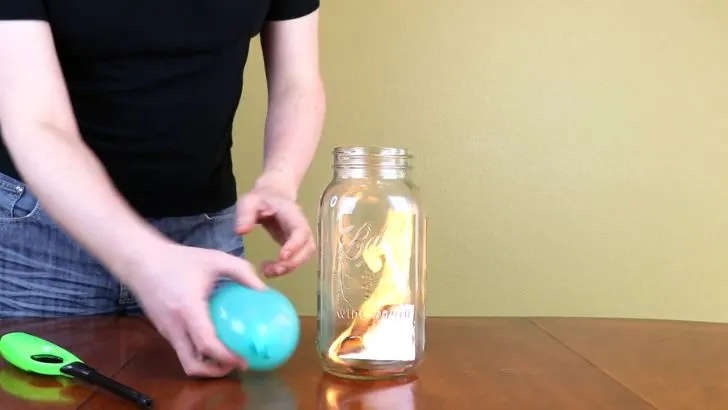
Light a small piece of paper (carefully, with adult help!) and drop it into the empty jar.
Step 3: Seal the Jar with the Balloon
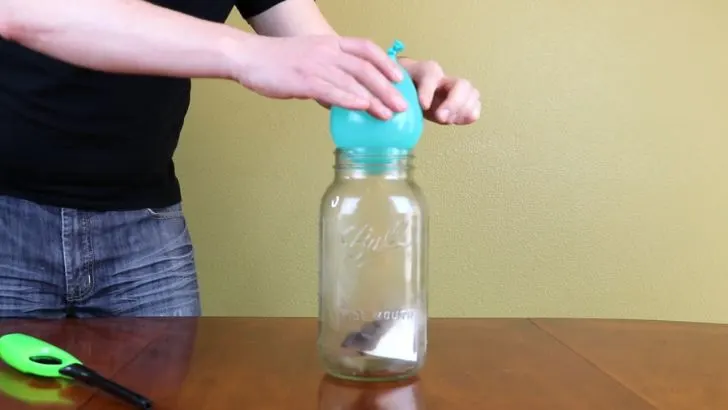
Quickly place the water balloon on top of the jar opening. Make sure it seals the top well.
Step 4: Watch the Magic Happen

As the flame goes out, watch the balloon slowly get sucked into the jar! In many cases, it will go partially or even completely inside.
Step 5: Compare with a Smaller Jar (Optional)
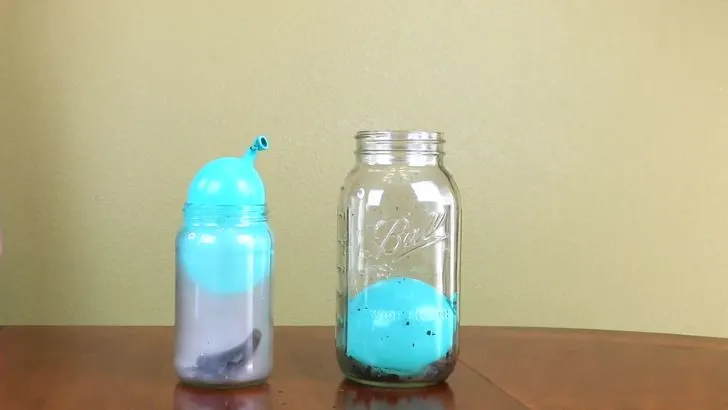
Try the same experiment with a smaller jar and see how it behaves. The difference in size affects how much vacuum can be created—and how far the balloon gets pulled in!
The Science Behind It:
This is a classic demonstration of air pressure and vacuum formation. Here’s the breakdown:
The burning paper heats the air inside the jar.
When the flame dies out, the air cools and contracts.
This creates lower pressure inside the jar.
Higher pressure outside the jar pushes the balloon inward.
The tighter the seal and larger the jar, the stronger the suction!
Learning Points for Kids:
Air takes up space and exerts pressure, even if we can’t see it.
Heating and cooling air causes it to expand and contract.
Pressure differences can move objects in surprising ways!
Hands-on experiments make abstract concepts easier to understand.
Tips & Safety:
Always have an adult handle the flame.
Use heat-resistant glass jars.
Avoid jars that are too small—larger jars create better suction.
Make sure the balloon is well-sealed on top of the jar for the best effect.
Why Kids Love It:
It’s part magic show, part science lesson—and 100% fun! The Balloon Air Pressure Experiment is perfect for classrooms, homeschooling, or a weekend science activity at home. Plus, it makes a great starting point for discussions about physics, weather (air pressure!), and the power of invisible forces.
Want More Cool Science?
Try these next:
Egg in a Bottle Experiment – A similar pressure trick with an egg!
Sticky Ice Experiment – Use salt and string to lift an ice cube!
Dancing Raisins – Discover buoyancy with soda and raisins!
Get ready to wow your kids (or your students) with this easy and exciting science experiment. Who knew a balloon and a jar could turn into a science spectacle?
Let us know how it went in the comments—or if the balloon really got “stuck”!
Kids Activities
Looking for more fun kids activities and other ideas to keep kids engaged, learning, and having fun? Check out these:
Melting Ice in Salt Water – A Cool Science Experiment for Kids
Easy Magnetic Levitation with a Pencil
Balloon Air Pressure Bottle Experiment: A Fun & Fizzy DIY Drink Dispenser!
Exploding Bag Experiment: A Fun & Fizzy Science Activity for Kids!
How to Make a Rain Cloud in a Jar: A Fun and Educational Science Experiment
Hot and Cold Balloon Science Experiment for Kids

